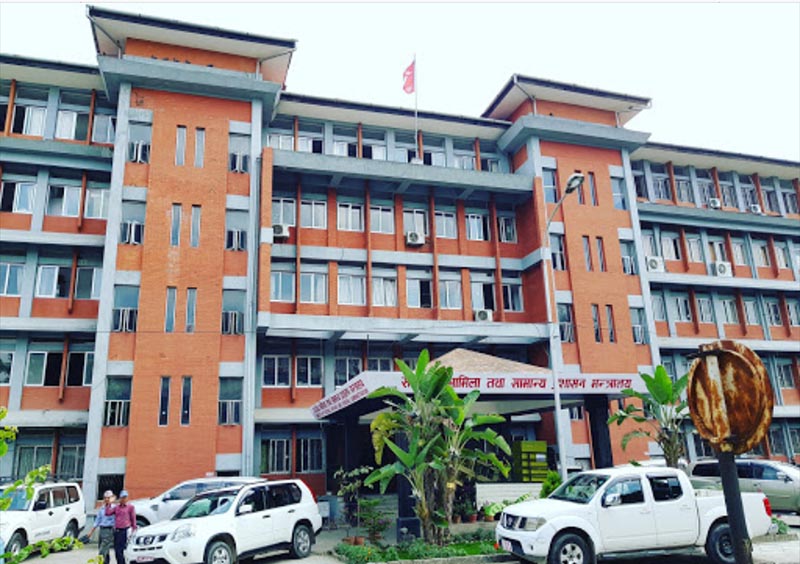Civil servants’ performance evaluation guideline drafted
Kathmandu, August 16
The Ministry of Federal Affairs and General Administration has developed a guideline for performance evaluation of civil servants recently adjusted in provincial and local levels.
The MoFAGA said the guideline strived to make performance evaluation procedure of the employees objective and empirical. As per the guideline circulated to all provinces and local levels today, performance evaluation of the adjusted employees will be conducted on the basis of progress made by the concerned civil servants in achieving the objectives and targets set forth in the performance contract signed with him/her.
The government has made it mandatory for all the ministries and their subordinate departments, agencies, offices, provinces and local levels to conclude performance contract with employees ranking from gazetted third class (section officer) to first class (joint-secretary), with effect from the current fiscal 2019-20. It aims to institutionalise ‘reward and punishment’ practice in public sector by discouraging the trend of giving grades even to under-performing employees for their promotion.
The guideline stated that performance evaluation of the employees will be based on improvement made in service delivery, innovative work, status of capital expenditure and approved budget and programme, arrears settlement and financial discipline, compared to the last fiscal. There will be a review in provincial and local levels to ensure that the supervisor of the concerned office has carried out performance evaluation of their employees in an objective manner, before MoFAGA’s approval.
The federal government had recently paved the way for implementation of federalism by concluding adjustment of 100,031 civil servants in all three tiers of the government. However, the government fell short of more than 37,000 employees to fill all 137,614 posts of civil servants in all three levels. A total of 84,409 posts were created under the central government, 22,297 posts under the provincial governments and 66,908 posts under 753 local levels. As many as 40,409 employees were adjusted in the centre, 14,659 in provinces and 31,043 in local levels. It showed that provincial governments and local levels did not get the required number of employees.






